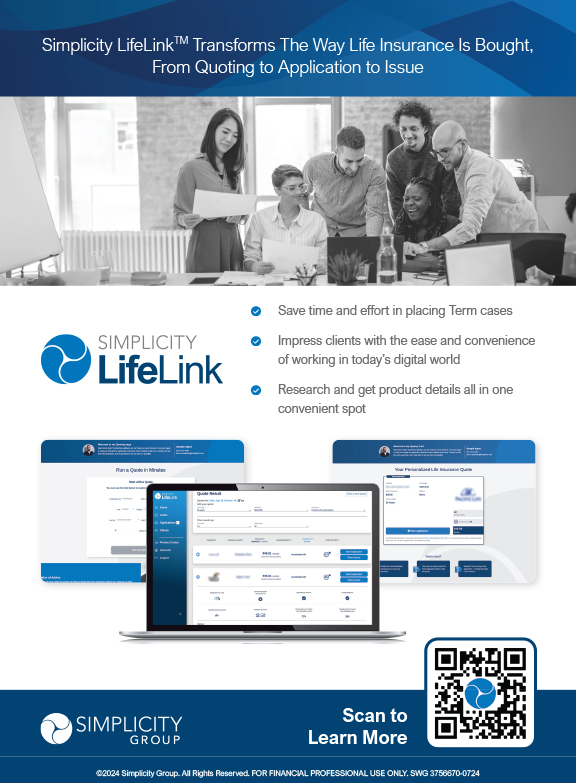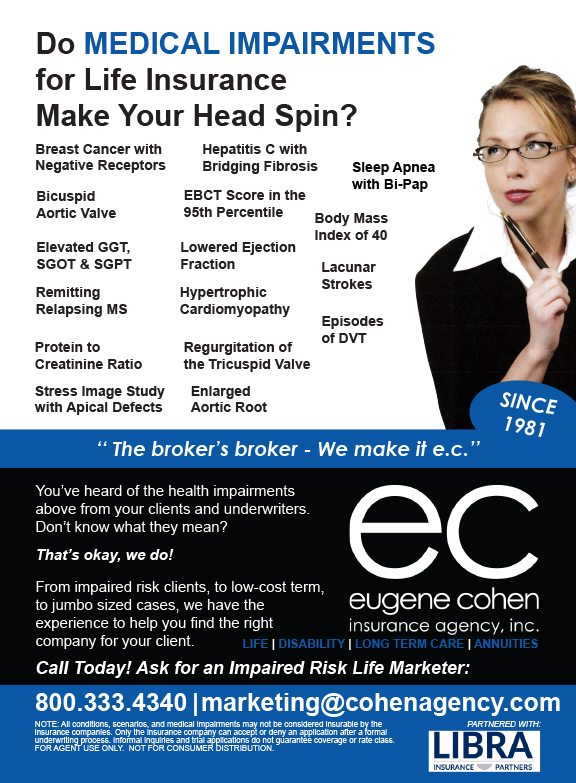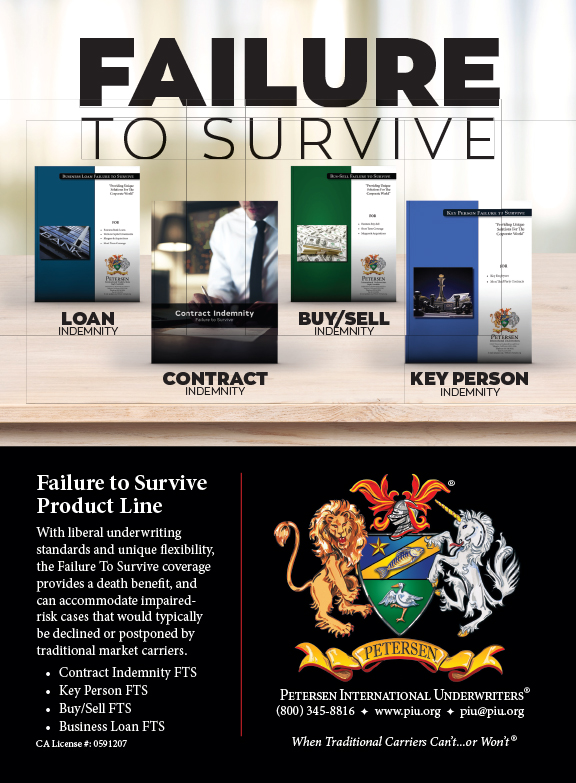Advising clients by providing focus is essential to a broker’s success. The expertise supplied by brokers makes decision makers more confident in their ultimate choice of policies, vendors and product support teams. In many cases, clients are looking for a simple, single solution which has the capability of evolving with the client’s needs.
In the context of brokers supporting employer benefit administration, the platform options have grown significantly with a distinct difference emerging in vendor approaches. Brokers have significant choices to make when advising clients on the best solution to meet their needs. Where to start? Examine the client’s most immediate needs and pain points and project future necessities and desires. Remember, it usually takes at least three tries to get to the client’s true pain point, so do not settle for the basics—not enough time, not enough resources, not enough budget. Dig deep into what is currently not working and why.
In the benefit administration platform certain vendors have aggressively pursued a business model to provide clients basic and highly integrated solutions. This holistic approach is integral to the brokers’ future ability to thrive in this market.
Clients are looking for clarity based on brokers’ experience. Clients want the following:
1. Reliability–translation: tested and trustworthy, survived the sands of time, steadfast and proven; and
2. Innovating–translation: dedication to the latest safety standards, flexibility to handle multiple integrations seamlessly, cutting edge technology for exceptional customer experience; and finally
3. Reasonable pricing–which matches the level of service and design to meet the client’s needs.
In the end, the client’s buying decision will turn on resolution of a few key components that shine through the hype and sales pitch.
Historically, an employer limited benefit offers to group health insurance, maybe dental and vision, and a single retirement savings vehicle, such as a 401(k) or the long lost pension plan. Since the marketplace has evolved, employers have been forced to examine creative ways to capture and keep outstanding performers. Diverse and comprehensive employee benefits are highly valued and key to maintaining a competitive edge in attracting and retaining talent.
Benefit administration has grown significantly. Employers now offer a variety of insurance plans including multiple health plan options with varying deductibles and coverage options and accompanied by health saving accounts, dependent care accounts, and other flexible saving accounts. Not to mention ancillary benefits such as wellness programs, parking and transit benefits, long and short term disability coverage, life insurance, and deferred compensation programs. The latest competitive edge is to offer additional voluntary benefits such as cancer coverage, critical illness policies, accident and additional life insurance coverage, even pet insurance is gaining popularity for the furry family members.
For clients, this barrage of options raises significant needs including: efficient resources to manage and support these products; and educating employees to maximize enrollment. Consider managing enrollment for multiple products, all with different features, benefits and eligibility rules. What is the regulatory compliance associated with each product? Today, benefits go beyond basic salary and vacation benefits. Clients, large and small, need competitive means to maximize these offerings.
Clients are seeking benefit administration tools which eliminate the clients’ need to be the sole source for answering questions, and frees the client to engage in other areas of its business while offering incredibly competitive benefit solutions. Clients have discovered that benefit administration vendors offer tested and proven tools which narrow and focus employees to relevant questions about individual and family need, including realistic budget options. Most importantly, employees gain an understanding of how each plan or benefit works together to support critical needs. This is a holistic approach to understanding what is best for the individual and their current and anticipated circumstances.
In a recent case study reviewing 29,800 employees engaged in their respective annual, or open, enrollment period, they spent an average of 23 minutes making their benefit selections. It is no surprise that, for many, confusion about insurance benefits was a common theme. For example, when weighing medical plans, only eight percent of employees surveyed could cover the $5,000 employee deductible associated with a high deductible health plan (HDHP). Although an HDHP plan is often most affordable and initially attractive, most will not be able to pay the deductible if the plan is used. When asked, 73 percent of employees admitted that a “strain” would occur on their current financial situation in the event of a medical emergency.
Recognizing these trends, insightful clients are seeking benefit administration tools to assist in narrowing choices to relevant and meaningful solutions based on an individual’s circumstances. Online enrollment platforms dominate the broker world. Combined with online selection tools, clients are able to offer more competitive benefits to fit all stages of life, career, need and budget.
Amazingly, 88 percent of those surveyed are not “planning” any health events; however, we know many in that 88 percent will definitely face unanticipated health events causing distraction, distress and disengagement from work. Imagine being able to show clients how to easily and seamlessly enhance existing offerings all on the same platform.
This holistic approach requires tools that create convenience and comprehensive support. The reputable and proven administrative systems make seamless the ability to cover the gaps that traditional employee benefits do not cover by offering voluntary benefits that complement the client’s historical offerings. This gives all peace of mind, which creates a significantly more engaged workforce.
There is no way for employers to prepare for all employee challenges. However, passing risk is the fundamental purpose of all insurance plans. Brokers need to assist their clients in taking advantage of all that is available through tools which efficiently and effectively maximize passing the risk.

























